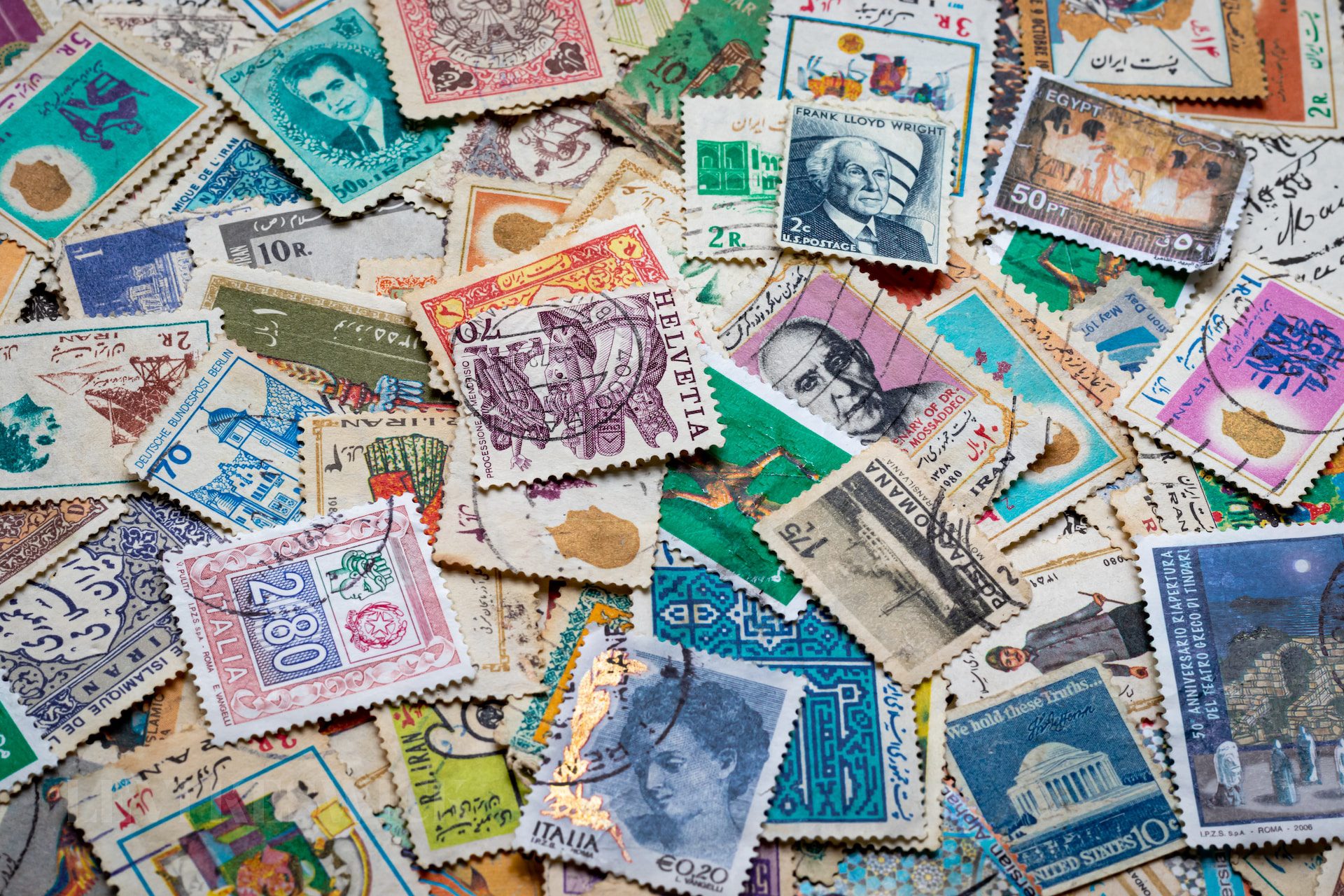Key Takeaways:
- Not Just for the Hobbyist: Some Japanese stamps have fetched astronomical prices at auctions, turning casual collectors into investors.
- Historical Gems: The story behind each valuable Japanese stamp often encapsulates a moment in Japan’s rich history.
- Rarity and Quality: Age is not the only determinant for a stamp’s value; other factors like condition and provenance can skyrocket prices.
- Investment Potential: With a flourishing market, investing in rare Japanese stamps could prove to be a unique yet profitable venture.
The Philatelist’s Paradise
Japan, a country known for its meticulous craftsmanship and attention to detail, extends this philosophy into the world of stamp making. With rich imagery and precise engineering, Japanese stamps are not only beautiful but often become valuable collectible items. While you may assume that the value of a stamp is usually proportional to its age, there are many other factors in play, making some modern stamps just as valuable as their older counterparts.
Unearthed Treasures: Surprise Finds that Stirred the Market
One of the most thrilling aspects of stamp collecting is the possibility of stumbling upon a rarity. Similar to a Scandinavian collector who unexpectedly found the Tama 6 Yo Stamp within a larger collection he had purchased, discovering a diamond in the rough can be life-altering. These ‘sleeper’ finds usually have compelling backstories, adding layers of intrigue and drama to an otherwise calm hobby.
The Tales Behind the Ink
While the financial worth of valuable Japanese stamps is undeniable, their historical and cultural significance makes them even more enchanting. Consider the 1872 Dragon Stamp, which not only fetched an impressive price at auction but also carries a vivid depiction of an eastern dragon, symbolizing wisdom and divinity in Japanese culture. Similarly, the envelope from 1941, which traveled from Yokohama to Hamburg and back during World War II, serves as a poignant relic of a time when the world was in turmoil.
The Role of Condition and Provenance
Just because a stamp is old doesn’t automatically make it valuable. Collectors consider multiple factors when determining the value of a stamp. These can include the stamp’s condition, whether it’s been used, the quality of its gumming, and even its perforations. Provenance also plays a crucial role, as proven by stamps from prestigious collections like the Ruggiero Collection fetching higher prices.
Modern Marvels: The Continual Rise of Contemporary Stamps
It’s not just stamps from the Meiji or Taisho periods that are catching collectors’ eyes. Modern issues, like the 1960 Ryukyu Islands Block, have also realized significant sums at auctions. These stamps captivate collectors with unique errors or peculiarities, such as the absence of a 9c surcharge in the Ryukyu Islands Block, making them just as intriguing as their historical counterparts.
Investing in Miniature Masterpieces
With prices for some Japanese stamps reaching into the tens of thousands of dollars, it’s clear that what started as a hobby for many has evolved into a serious investment opportunity. Like fine art or vintage wine, stamps—especially those with historical importance or rare defects—have shown to appreciate over time, making them a potentially lucrative investment for those willing to venture into this specialized market.
Conclusion: A Small Piece of Paper, A Big Opportunity
Whether it’s the thrill of the hunt, the historical narratives, or the sheer beauty of the designs, valuable Japanese stamps offer something for everyone—from the casual hobbyist to the serious investor. And with a thriving global market, there has never been a better time to dive into the intricate, captivating, and potentially lucrative world of Japanese philately.








